Cecil Ravelas was raised in a rather conservative and traditional household. From the get-go, she was always considered the misfit and the rebel.
“My father was involved in various businesses ranging from real estate to infrastructure development, here and abroad. Meanwhile, my mom was health-conscious, fashionable and had a keen interest in gardening and home styling,” she recounted.
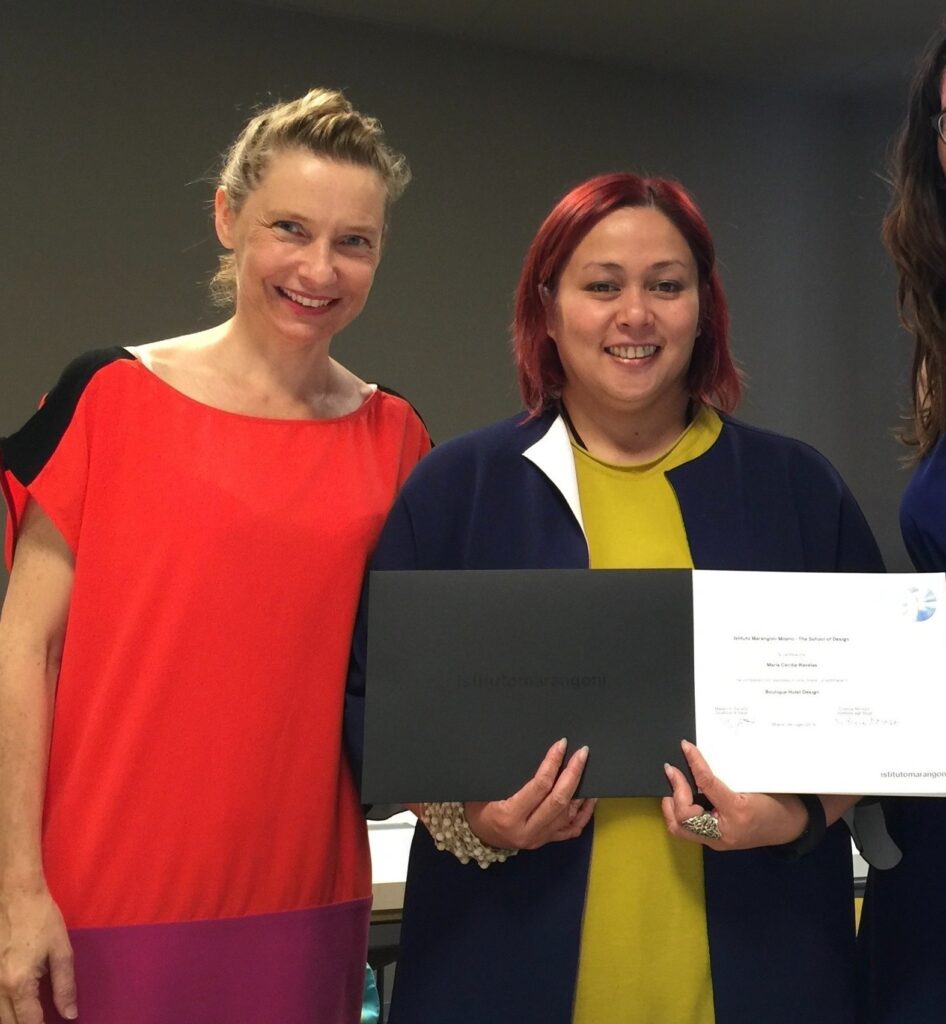
“I grew up with ruffly dresses, lace stockings and neatly fixed hair. I distinctly remember that I did not enjoy them as I wanted something less restrictive. Looking back, early on I already knew what I liked. Our aesthetics were definitely not the same, but I think I got the eye and sense of style from my mom,” she then confessed.
These nonconformist tendencies were seeded during her primary and secondary education, where her interest in the arts soon began to flourish. By her senior year, she took up electives in fashion and interior design!

But then, the ball dropped! In college, the family patriarch sternly advised the young Cecil to take up a more conventional course to ensure a steady career. And thus, she enrolled in the Engineering Program of the De La Salle University.
As time passed, she soon came to terms with arts as her true calling, causing her to shift. She was caught in the ever-changing crossfire between academic calendar changes. So, she joined the Philippine School of Interior Design with hopes of longer-term preparation for Architecture.

All these plans were soon fatefully thrown out the window when the institute established a consortium with the De La Salle-College of Saint Benilde. It allowed Cecil to earn her degree in a year. She promptly earned her laurels and immediately passed the licensure exam. She started to freelance.
One of her first clients was a patron at her thesis exhibit, who steadily supplied her with small projects. “Hence, the idea of further studies in architecture dissipated!” she said.
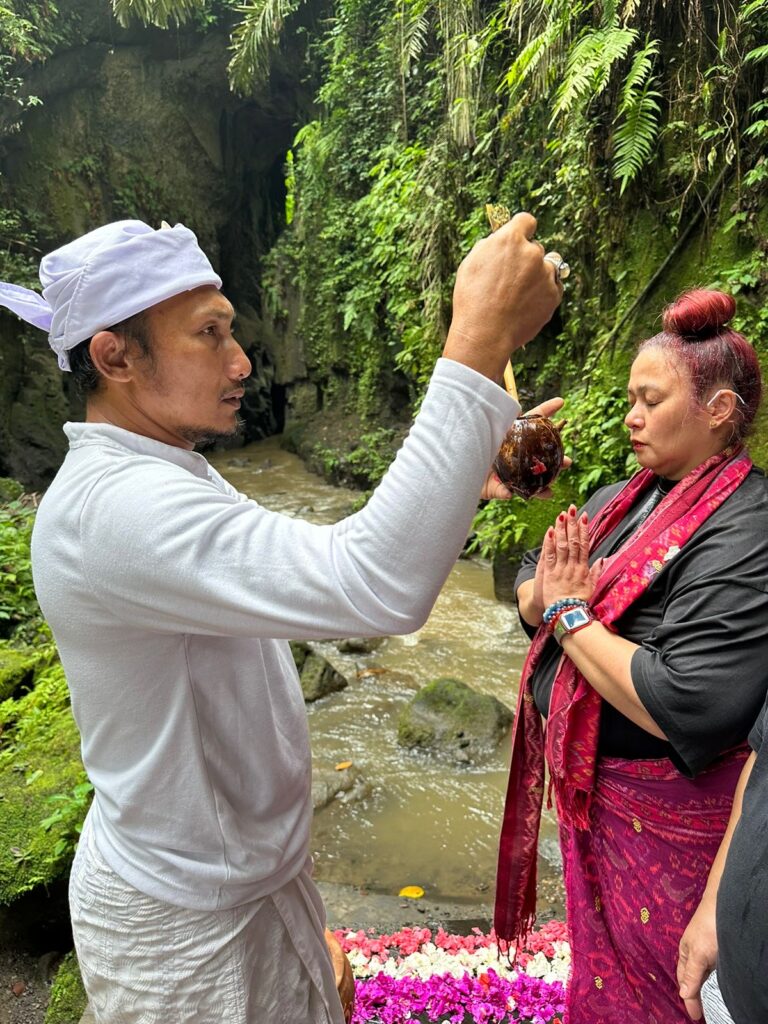
With this renewed push into interior design, Cecil advanced her management skills at the Asian Institute of Management and took up masteral units at the DLSU. Later down the road, she likewise took up a professional certificate program in Instituto Marangoni in Milan to reprogram and synthesize her work over the years.
Ravelas eventually established her brand in the local scene, as seen in her projects at El Nido, Bonifacio Global City, and Aseana City. “My career path was paved through a multi-disciplinary practice approach as the designer, the teacher and the manager,” she explained.
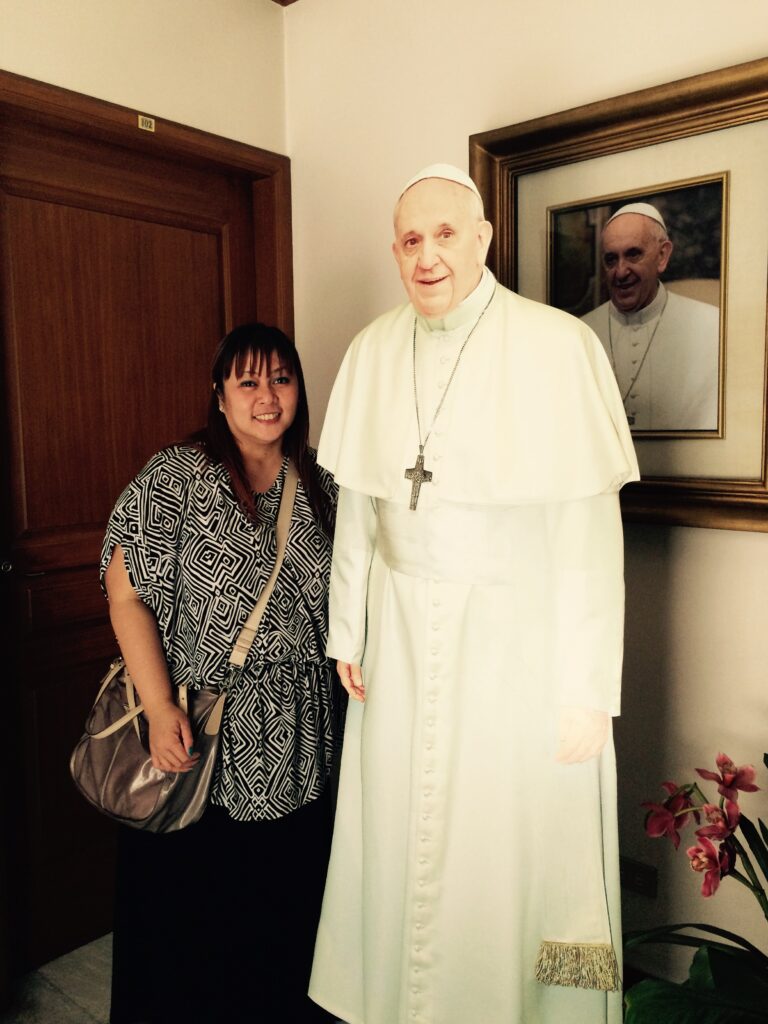
‘A way to live’
The interior designer primarily engages in contemporary motifs. “I work with clean, modern lines and new materials. I believe spaces should be defined and planned according to the current trends, especially in this fast-changing environment we live in. We should be able to adapt accordingly. Interior design is not just about styling, it is how we shape and build ourselves, our behavior. I think we design to improve and develop. Designing is a way to live,” the trailblazer stated.
Recently, she was tapped by Malacañang Palace for the renovation of the Laperal Mansion, a European-reminiscent property which has been utilized as a government office of various functions. Today, the project was greenlit by Liza Araneta-Marcos to serve as a guest house for visiting foreign dignitaries and other VVIPs, all while showcasing the past presidents of the country. Cecil worked on the room of the Commonwealth President Manuel Roxas.

The visionary likewise had a teaching stint at the PSID and DLS-CSB, where she eventually became the program coordinator. “I enjoyed teaching because it kept me young and it was quite fulfilling. I was always on my toes as I had to keep absorbing knowledge to ensure that I am able to answer their endless questions,” she recounted.
Little does the public know she was part of the construction team of Benilde’s School of Design and Arts Building — now called Design + Arts Campus — the fountainhead project of the sought-after, award-winning building designer Ed Calma. After the completion of the iconic piece, Cecil promptly returned to full-time professional practice.
Inspiration everywhere

She looks up to several established individuals in the ever-changing field. “John Pawson for his focus on what is essential. Tadao Ando as he uses concrete planes to play with light and space, while harmonizing the structure to its natural surroundings. Toyo Ito with how he combines elements of minimalism with technology. Zaha Hadid for breaking the glass ceiling, pushing the envelope.”
“Patricia Urquiola for her ability to juxtapose elements and colors but produces a well-balanced design. AG Fronzoni who solemnly stated that the greatest design is the design of ourselves. And, of course, Achille Castiglioni for producing simple products that are useful but last,” she enumerated.
In terms of inspirations, she says, “the source could be anywhere.”
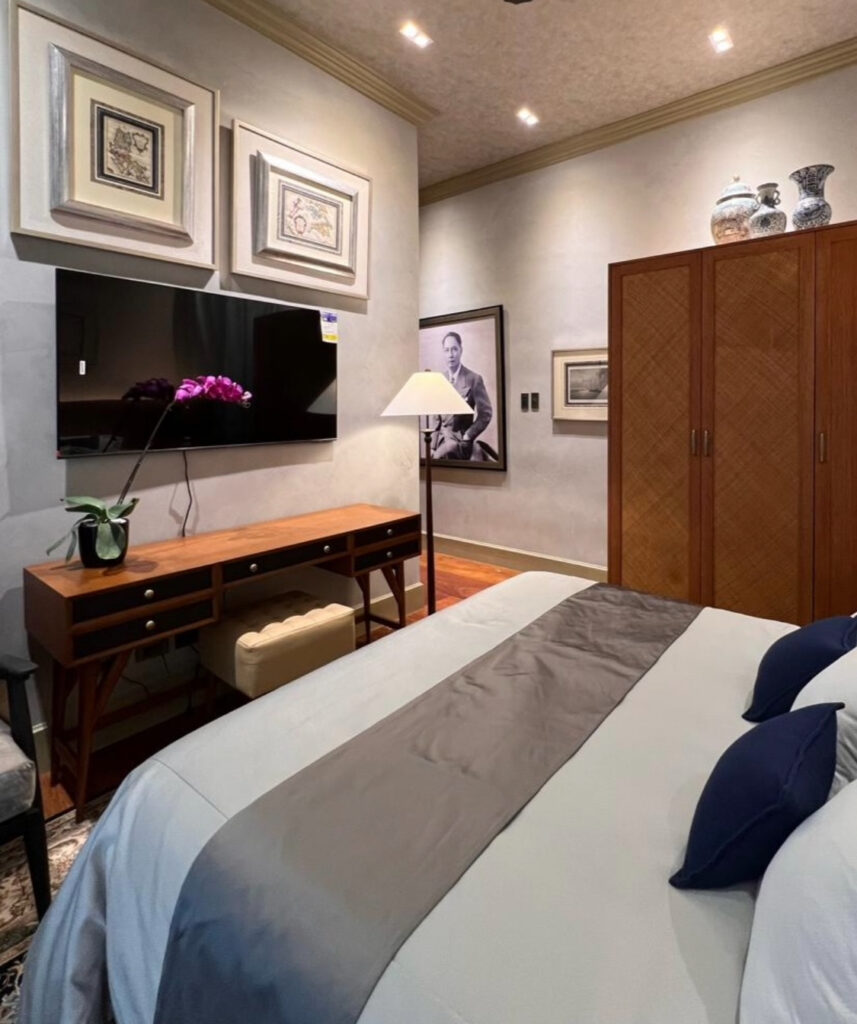
“I look to nature for colors, patterns and textures. Sometimes the narrative of the person or the place becomes the visual story like one of the boutique hotels we did in El Nido. I worked on a bar restaurant which I derived from a novel I read in the past.”
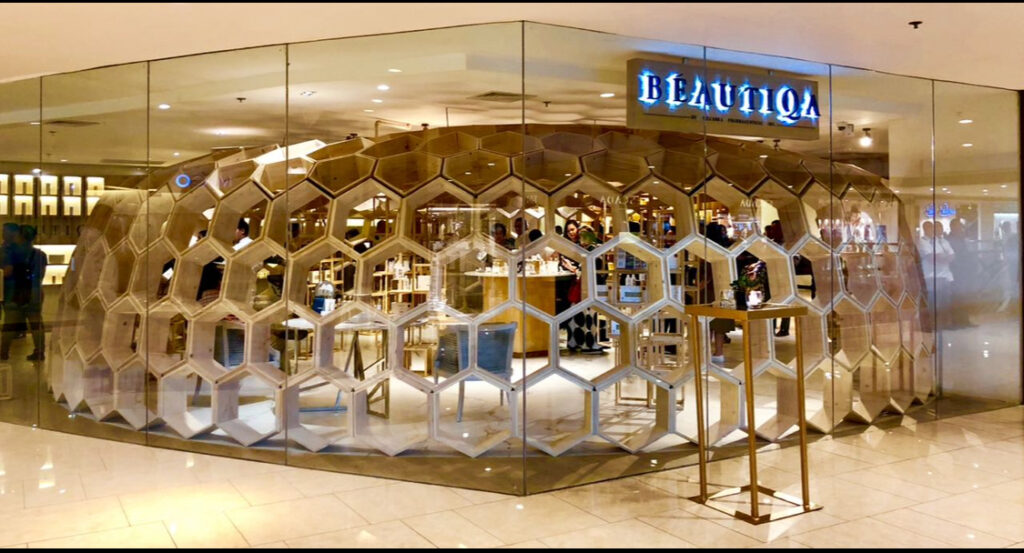
To de-stress, Cecil loves to travel, all while keeping updated with lifestyle and material trends. “Recently, I have been meditating to keep myself focused. I also went back to swimming. It keeps me calm and energetic.”

In her free moments, she likewise enjoys excellent food with family and friends. “I go to the beach to reconnect with nature. I play with my cats — I have five and they bring me peace,” she confessed.
Looking towards the future, Cecil wishes to continue on projects that are “purposeful and life changing.”
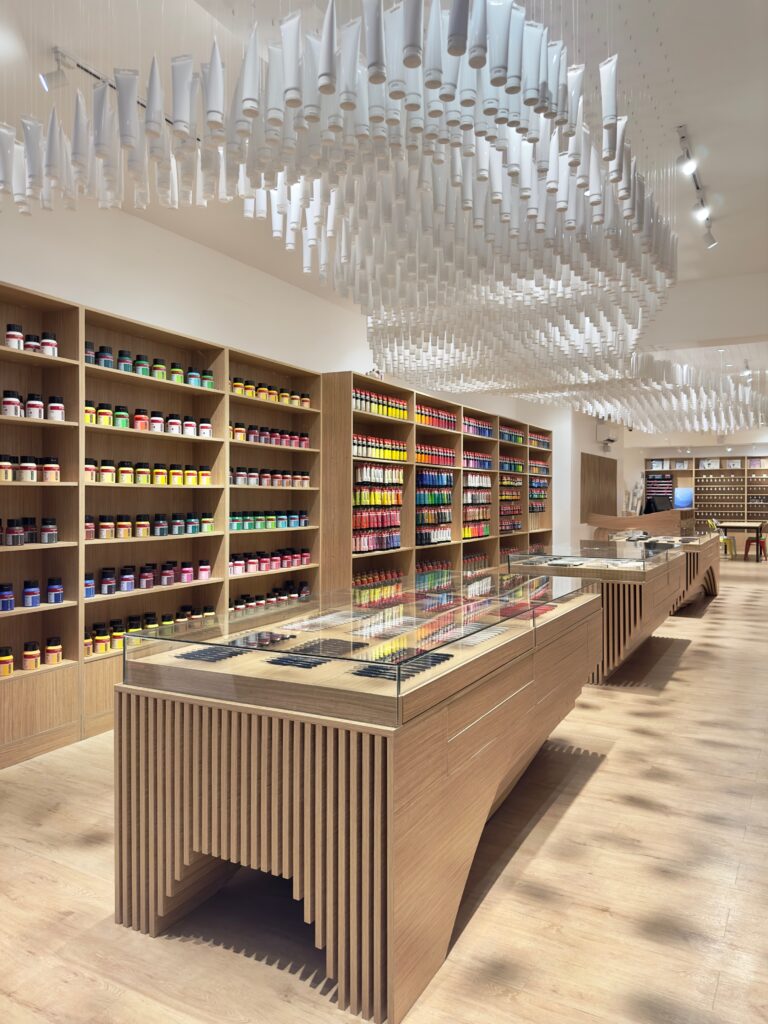
“I want to build homes that ensure healthy and safe living, design hospitality interiors that bring comfort and well-being to its users, create spaces with sustainable design that will ensure a progressive community,” she ended.
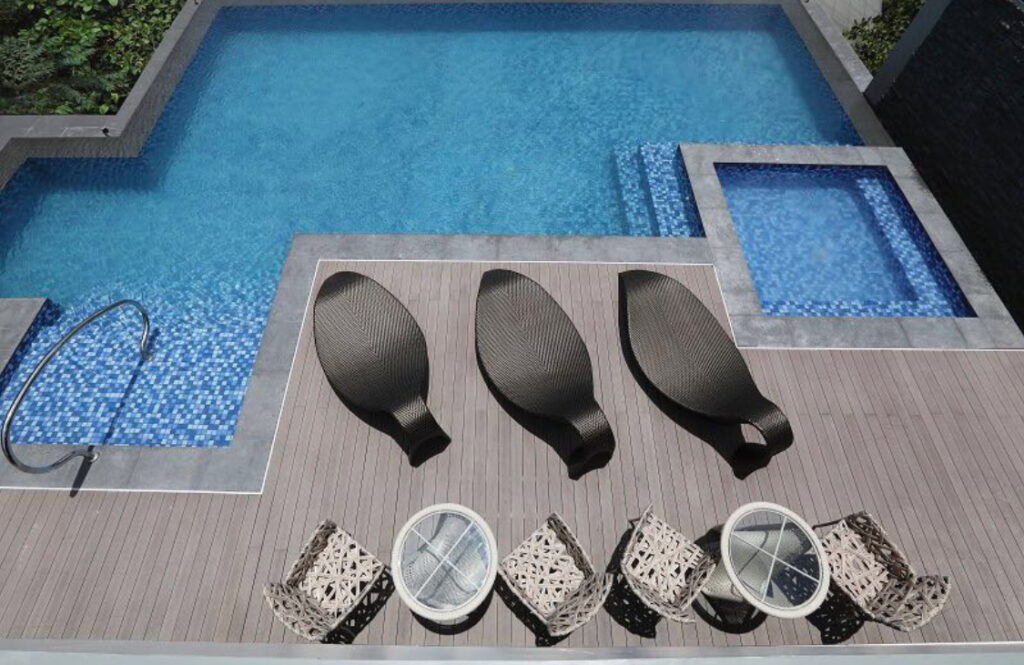
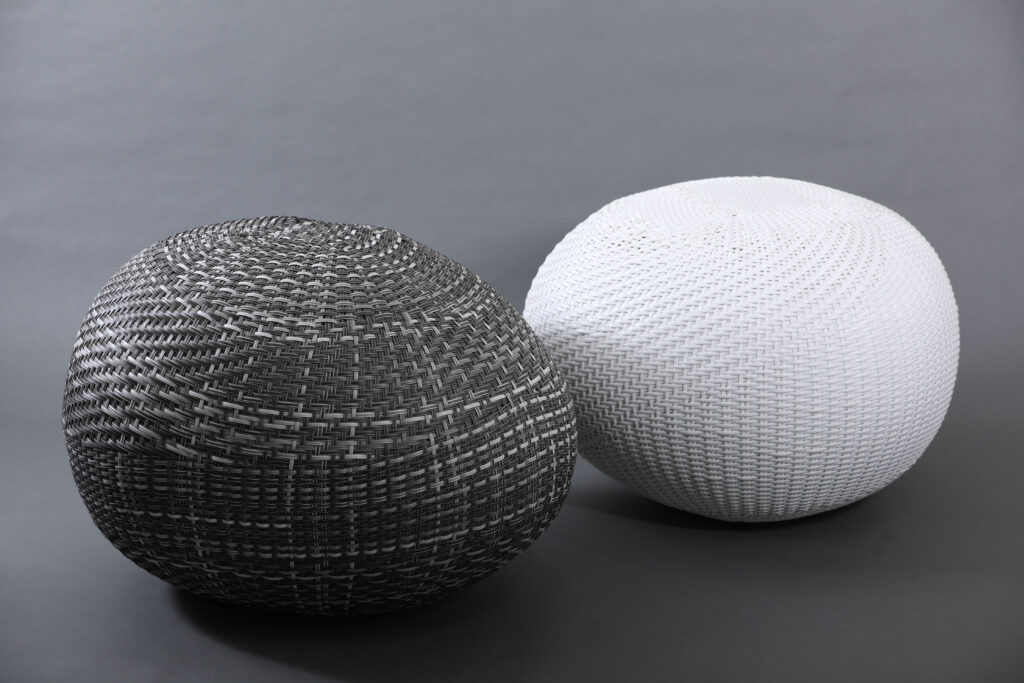
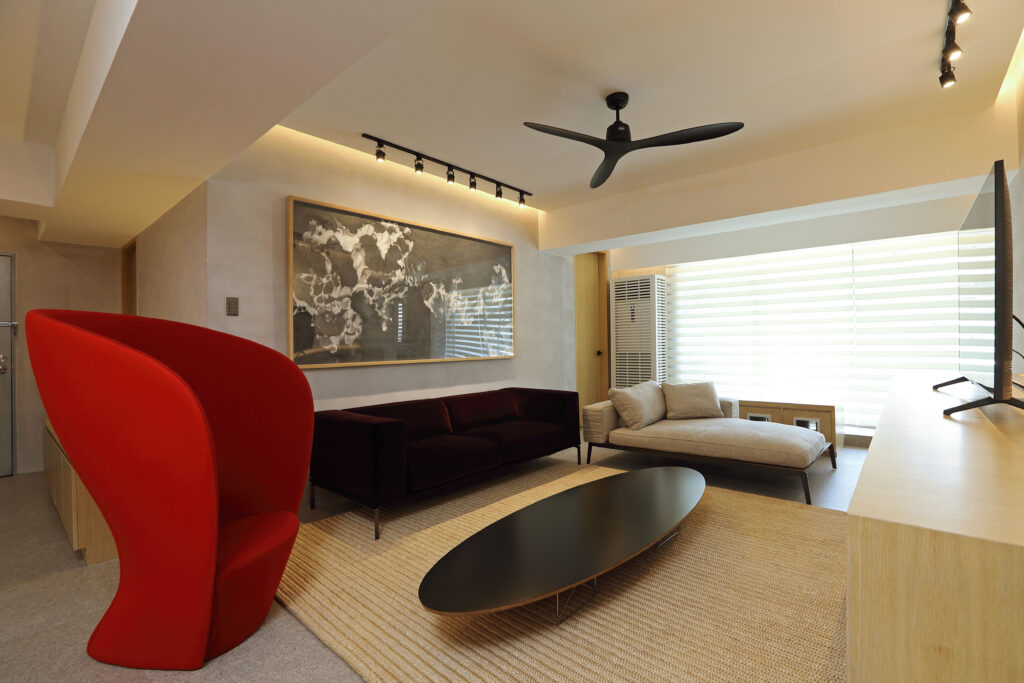

Let us hear more about her own thoughts:
Philosophy
Designing is a way of life. We design to improve our environment and shape a better world. Thus, it is not enough to create something pretty — it should be relevant and transformative.
Favorite design
I am quite fascinated by ancient architecture. I am at awe on how the Greeks built the Parthenon when computers and digital laser-guided devices were still nonexistent. And yet, each component of the structure is carefully measured with exact precision.
I am likewise captivated by a number of sacred spaces. For modern structures, my choice is The Church of Light by Tadao Ando in Ibaraki, Osaka Prefecture in Japan which presents the dual nature of existence — solid and void, light and dark, stark and serene. There is a certain spirituality in his works.
Most meaningful work
A boutique hotel in El Nido a couple of years ago. It was special because we were able to source and develop supplies from the immediate surroundings for the property. We were able to tap the community to be involved in the project development. We also put the town on the map! The space was an homage to the environs, to nature and the local culture thriving in the area.
Laperal Mansion’s Roxas room
We focused on then-emerging mid-century furniture pieces. The bedroom was implemented with local resources, but maintained the clean and modern lines consistent with the period’s conventions. The shade of blue was also from that era.
We incorporated shades of grey to give a sense of balance and tranquility. The collection of prints are representations of his heritage and identity, as he fought for national autonomy and independence from the American government.
The special grey paint on the wall, which depicts the stucco finish, is reminiscent of the European influence, while giving a contemporary setting. We then furnished it with minimal details to keep it light and spacious, but selected each to establish a more modern classic Filipino touch.
Differences between Filipino and foreign interior design
Filipino interior design is defined by our heritage and environment. Our very own reflects traditional and modern details extracted from the different cultures we assimilated during our colonial past. These make Filipino design unique and distinct.
We are attuned with our immediate environment. There is importance given to natural materials and processes which pushes local design to be sustainable.
Foreign design is different in the sense that it also reflects another culture. Like the Japanese design which I admire very much. It is very minimal, pared down and uncluttered — a direct contrast of our own colored and detailed approach.
Number one lesson for her students
Learning is a life-long commitment. The minute we start thinking we are the best, then growth stops. We must always keep educating ourselves and open our minds to new possibilities.
Advice to aspiring interior designers
Continuous learning. Find several mentors to shape your practice. Apprenticeship is a word young people no longer value today. It is truly essential to hone one’s skill and become a competent practitioner.
It is not enough to have a good eye or great aesthetic sense. In order to sustain your practice, you must keep evolving. Like any skill, you need to keep practicing to become the best version of yourself.
